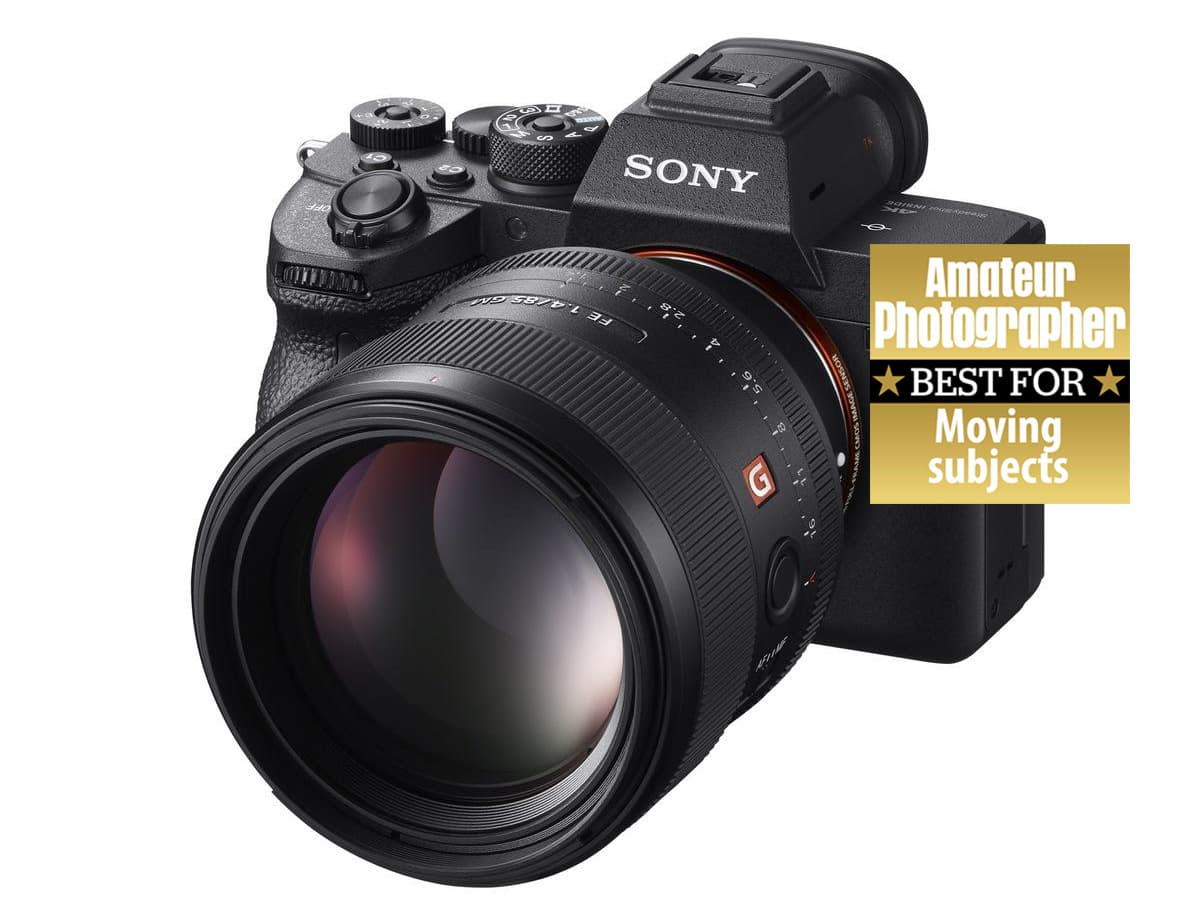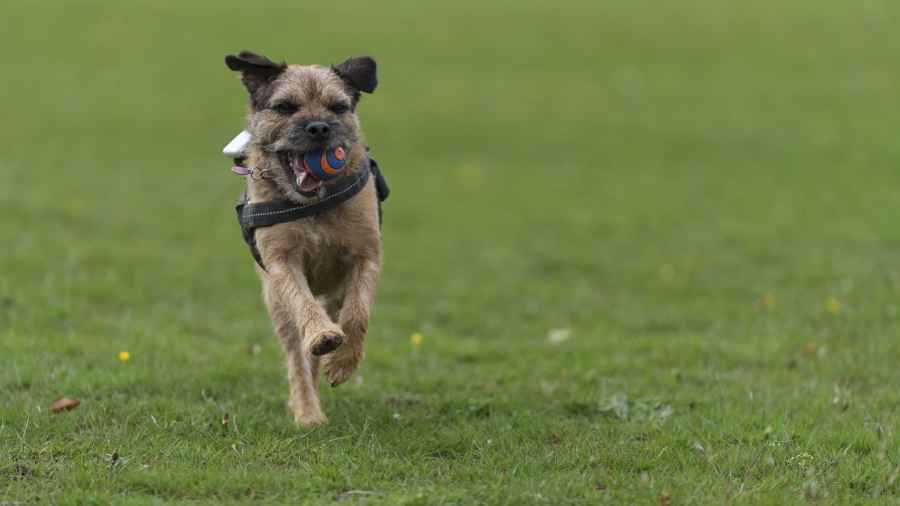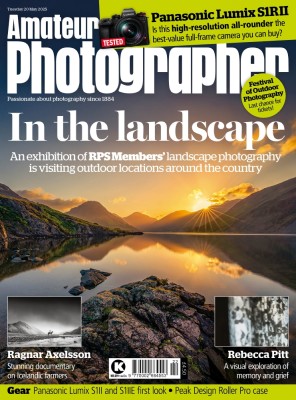Autofocus systems have become very sophisticated over the last few years. In the third of our Nobody Does It Better series, Angela Nicholson looks at which camera manufacturer makes it easiest to get moving subjects sharp.
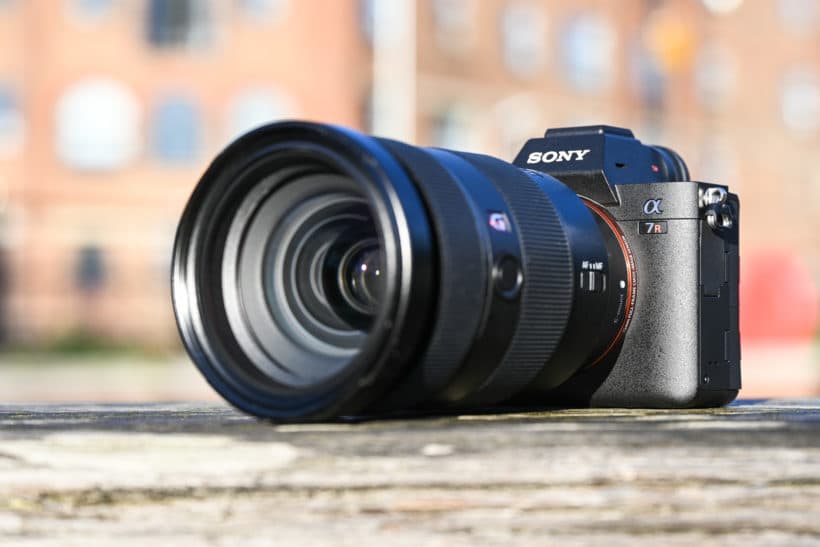
Let’s start with a bit of background… Most of the light that exits the lens on a single lens reflex (SLR) camera is reflected up by the mirror into the viewfinder but a small amount passes through and onto a secondary mirror which reflects it towards the dedicated autofocus sensor.
A small lens assembly splits the light so that it forms two images on the line or cross type sensors on the autofocus (AF) sensor. If the two images align, the lens is focused on the subject, but if their alignment is not correct and the images are out of phase, the camera knows which direction to move the lens focusing group and by how much. This process is known as phase detection focusing.
This method of focusing has served us well for years, it’s very fast and accurate, but it’s not without its issues. Firstly, there’s a limit to how much light can go through the main mirror, which restricts the number of AF points.
The confines of the camera design also curb the size of the autofocus sensor which means that AF points tend to be clustered around the centre of the image frame – especially with full-frame DSLRs. It means that you can’t focus on subjects towards the edges of the frame without focusing and recomposing – that’s not helpful with a moving subject.
Another issue for DSLRs is that the focus information is gathered using a different sensor from the imaging sensor and variations in their relative positions resulting from manufacturing tolerances can cause front or back focusing issues. That’s why enthusiast and pro-level DSLRs usually have an AF Microadjustment (Canon) or Auto Focus Fine Tune (Nikon) feature.
Mirrorless cameras solve all of these issues because they use the imaging sensor to gather the information to drive the lens.
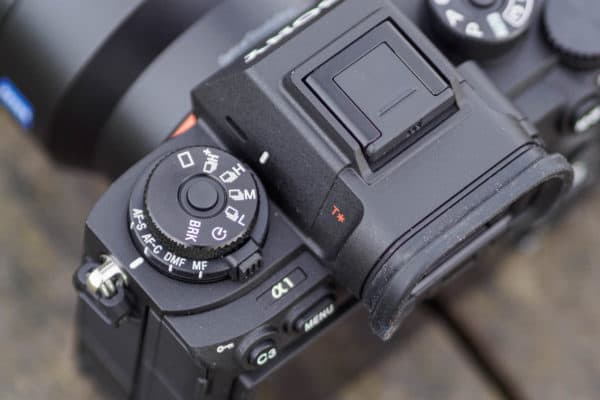
Sony’s top-flight cameras have dials to set the focus mode
Mirrorless camera focusing systems
The first mirrorless cameras used contrast detection autofocusing and although it’s an accurate focusing method, the camera has no information about which direction or how far to adjust the focus to get a subject sharp.
This means that a basic contrast detection system can hunt and adjust backwards and forwards before it settles on the focus.
Consequently, most mirrorless camera manufacturers now combine contrast detection with phase detection focusing to create a hybrid AF system that uses on-sensor pixels for phase detection focusing.
The autofocus (AF) systems in mirrorless cameras have improved remarkably over recent years. They are much faster and more decisive to use than the first incarnations. In fact you can shoot fast action and sport with most modern mirrorless cameras, but naturally, some make it a bit easier and more pleasurable experience than others.
So the Nobody Does it Better Award this time goes to… Sony.
Sony cameras are particularly impressive in this regard and in many situations you can leave them to decide what the subject is and which AF points they should use. However, it’s helpful to understand a bit more about how to use it to ensure you get the best results.
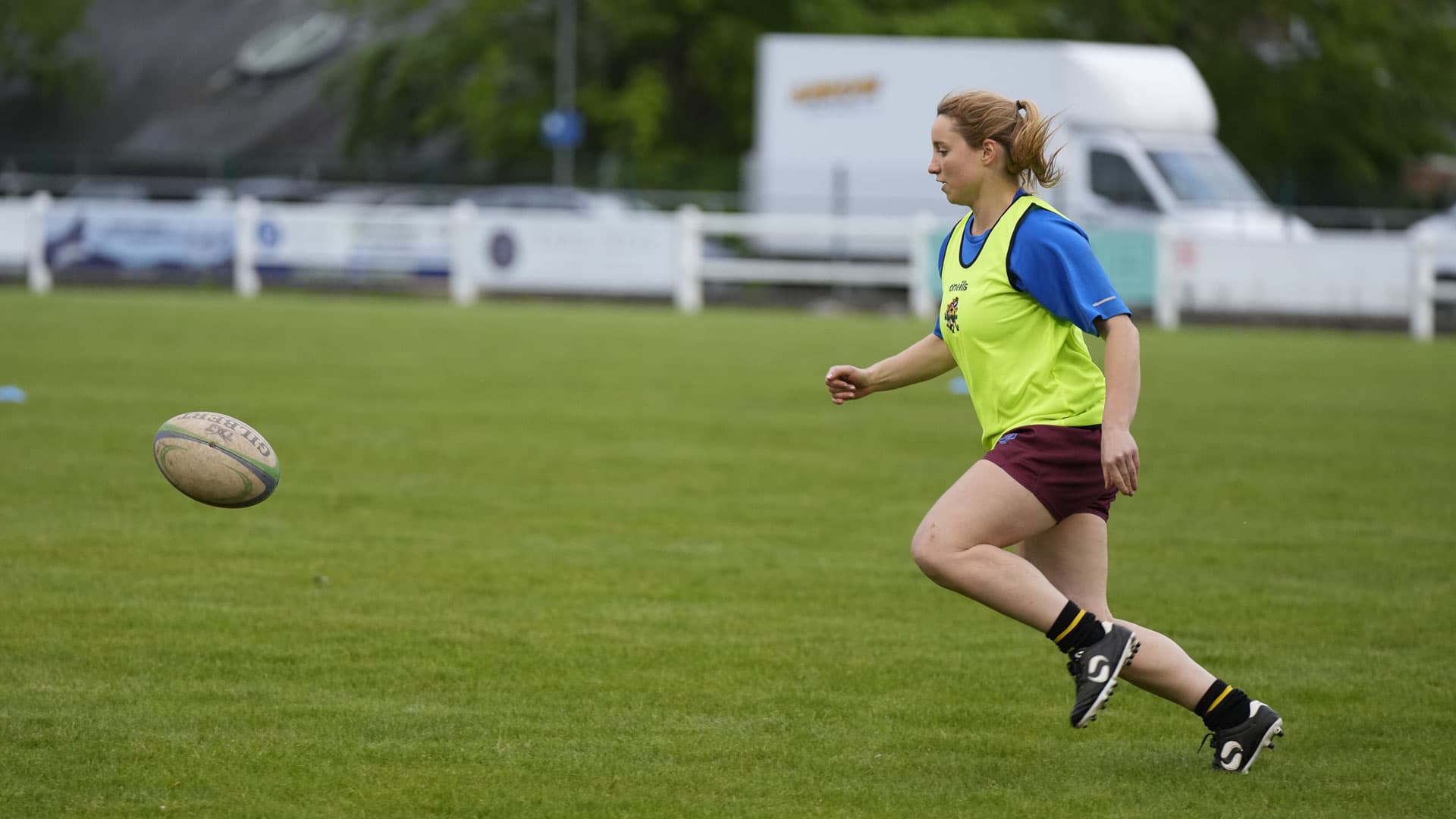
Using Sony’s AF system
Sony uses phase detection and contrast detection autofocusing for its cameras and they have a huge number of AF points available for selection. The Sony A7 III, for example, which is a full-frame model aimed at enthusiast photographers has 693 phase-detection points and 425 contrast-detection points while the A6600, which is aimed at the same user-base but has an APS-C format sensor has 425 points of each type.
Along with deciding whether you want to use single or continuous focusing, the main decision that you need to make with respect to autofocusing with a Sony camera is which focus area setting you want to use. This tells the camera which area of the sensor to use for focusing. The options are as follows: Wide, Zone, Center, Flexible Spot, Expand Flexible Spot and Lock-on AF or Tracking AF. Here’s how they work:
Wide
This mode sets the camera to select from all of the available focus points automatically. When it’s combined with continuous autofocus mode (Sony calls it AF-C), Sony’s current cameras do a great job of spotting a moving subject in the frame and activating the appropriate focus points to get it sharp and keep it in focus as it moves around the frame.
If you’re used to shooting with a DSLR or perhaps another brand of mirrorless camera, letting the camera decide which focus points it should use might seem an alarming prospect, but it’s worth trying it with a Sony camera because it works very well. It’s especially useful with subjects that move unpredictably and when it’s hard to keep an AF area over the correct target.
Zone
When this mode is selected the camera uses a smaller area of the frame for focusing that in Wide area AF mode. You can move the Zone around the frame so that it covers the area where the subject is or where you expect it to appear in the frame.
Zone AF mode is a good choice with moving subjects when you know roughly where they will be in the frame. Unlike Wide mode, however, you need to keep the box over the subject in the frame.
Center
As you might guess, this sets the camera to use a central AF area, which isn’t ideal if you want to follow the rule of thirds. Nevertheless, it can be handy on occasion, perhaps if you want the camera to ignore something just off-centre and closer to you than the intended subject. It’s also useful for the focus-and-recompose technique.
Flexible Spot
This can be set to small, medium or large and it’s a great setting for stationary subjects because it lets you target your subject very precisely. WIth moving subjects, especially those that move erratically, however, it can be hard to keep a Flexible Spot over the target.
Expand Flexible Spot
This is similar to Flexible Spot but the camera also uses the surrounding points if the subject strays from the centre of the selected area or its contrast is low. It can be useful for moving subjects as you don’t need to be quite so careful to keep the active area over the subject as with Flexible Spot, but you can still target a specific location for focusing.
Lock-on AF
This mode is only available when the camera is set to continuous autofocus mode and it can be set to Wide, Zone, Center, Flexible Spot or Expand Flexible Spot. It enables you to set the starting point for the focusing but after the shutter button is half-pressed, the camera tracks the subject around the frame.
It’s designed for use when photographing moving subjects, but as Wide and Zone AF work so well, these days, it’s often not necessary.
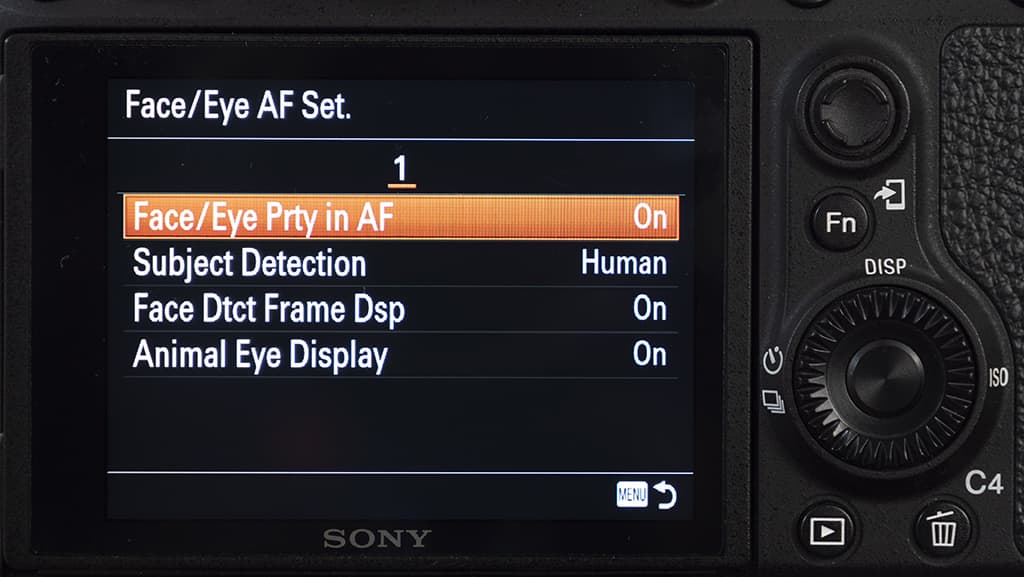
Tracking AF
Rather than Lock-on AF, Sony’s most recent mirrorless cameras, including the A1, A7R IV, A7S III, A7C, A6600 and A6400, have ‘Real-Time’ autofocus tracking. This draws on artificial intelligence (AI) and can use subject recognition to make it easy to keep moving subjects sharp.
When Face/Eye Priority AF is activated via the camera’s menu, the camera looks for eyes, faces and objects in that order of priority. It means that if a person is facing the camera it will focus on one of their eyes and as they turn away it will switch to face detection and focus on their face. When the person’s back is towards the camera, it will focus on their body.
With the other focus area modes the camera looks for the subject closest to it within the active AF area or near the centre of the frame. When Face/Eye Priority AF is activated, the camera will prioritise eyes and faces even if there’s an object closer to the camera than the face.
If this option is available on your camera, it’s brilliant for portrait, pet, wildlife, sport, wedding and social photography.
As with Lock-on AF mode, this die can be set to Tracking: Wide, Tracking: Zone, Tracking: Center, Tracking: Spot (S, M, L) or Tracking: Expand Spot to help you target the most important area of the scene if necessary. When several faces are detected, you can tap on the screen to select the one that you want to focus on.
Alternatively, when Face/Eye Priority AF is deactivated or there are no faces in the frame, you can tap on the camera’s screen to set the AF point and then the camera will track the selected object around the frame when the shutter release is pressed. It works extremely well.

Human or animal Eye AF
‘Face/Eye Priority in AF’ must be activated via a Sony camera’s main menu and the ‘Face/Eye Subject’ needs to be set to ‘Human’ or ‘Animal’. If ‘Animal’ is selected and you’re photographing a human, the eyes will not be detected.
The Sony A1 adds birds to the list of subjects, making it useful for wildlife photography and videography.
A worthy win for Sony – watch out for our next ‘Nobody Does it Better’ soon
